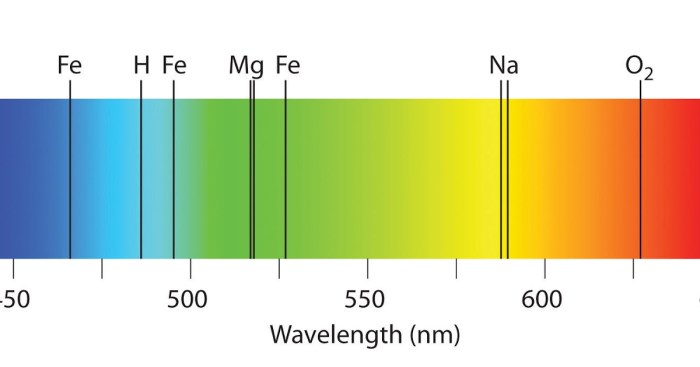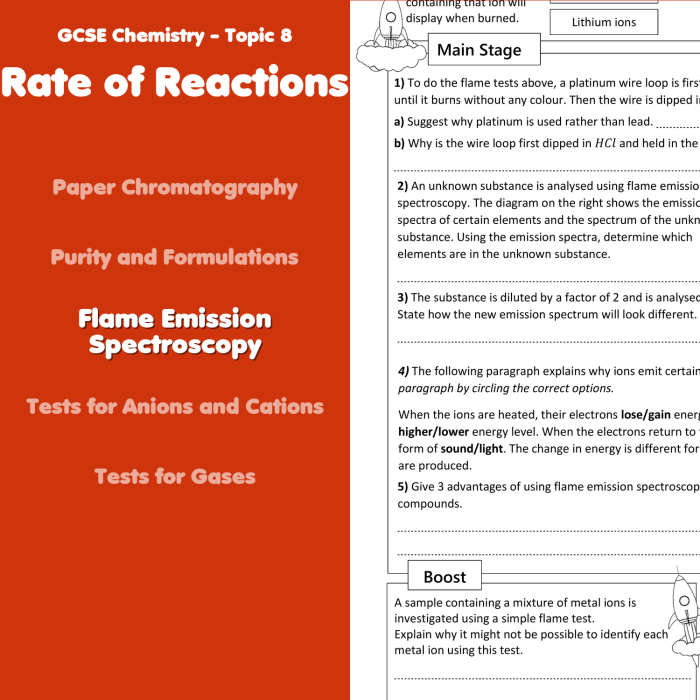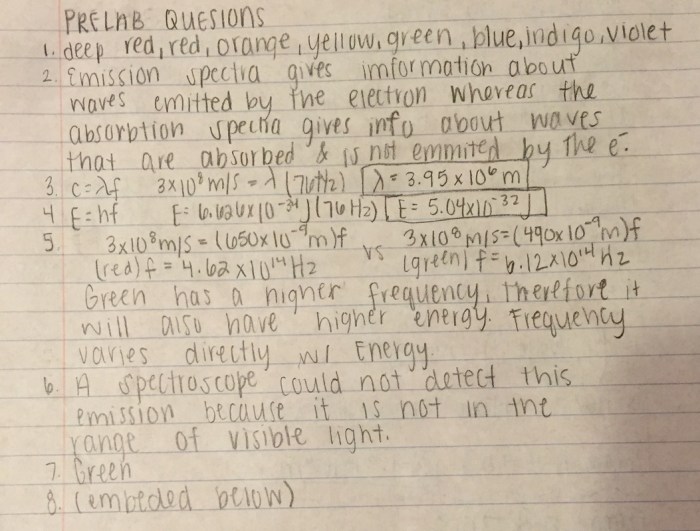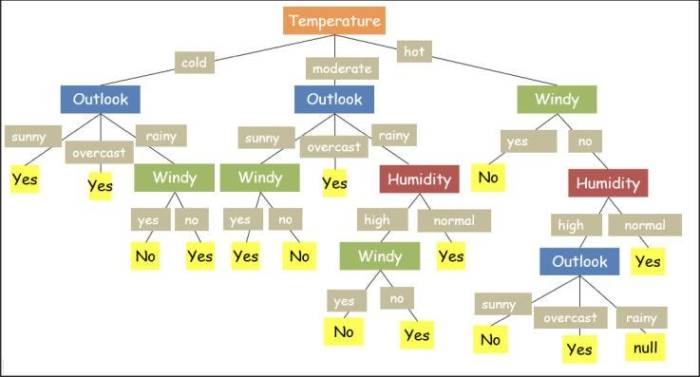Interpret emission spectra worksheet answers – Embark on an illuminating journey into the realm of emission spectra analysis with our comprehensive worksheet answers. Delving into the intricacies of atomic structure, we unravel the mysteries behind the vibrant hues emitted by various elements.
Emission spectra, a fundamental tool in understanding the composition of matter, unveils the unique energy signatures of atoms. By examining the distinct wavelengths of emitted light, we gain insights into the electronic transitions within atoms, providing a roadmap to their elemental identities.
Introduction to Emission Spectra: Interpret Emission Spectra Worksheet Answers
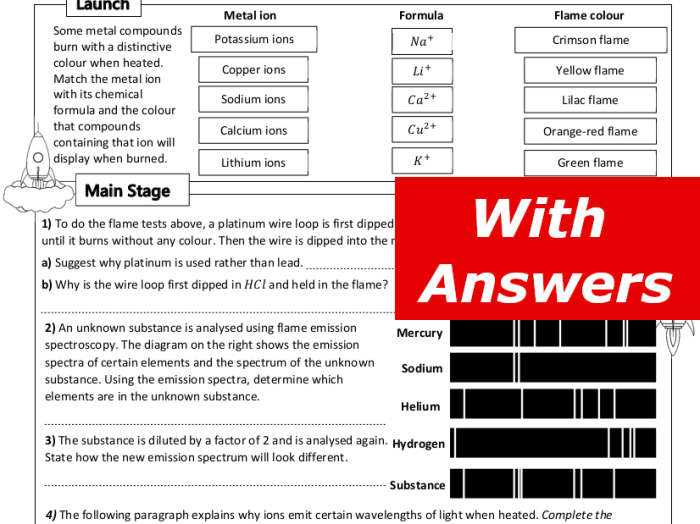
Emission spectra are the characteristic patterns of light emitted by atoms or molecules when they undergo electronic transitions. These spectra provide valuable insights into the atomic structure and elemental composition of a sample. Different types of emission spectra exist, including line spectra and continuous spectra.
Analyzing Emission Spectra, Interpret emission spectra worksheet answers
Emission spectra can be analyzed to determine the elemental composition of a sample. The wavelengths of the emitted light correspond to the energy differences between the atomic energy levels. By identifying the specific wavelengths, scientists can determine the elements present in the sample.
Worksheet Answers
| Question | Answer | Explanation |
|---|---|---|
| What is the wavelength of the red line in the hydrogen emission spectrum? | 656.3 nm | This wavelength corresponds to the transition from the n=3 to n=2 energy level in hydrogen atoms. |
| Which element emits light with a wavelength of 589.0 nm? | Sodium | This wavelength is characteristic of the D line in the sodium emission spectrum. |
Applications of Emission Spectra
Emission spectra analysis has numerous applications in various fields. In astrophysics, it helps identify elements in stars and galaxies. In chemistry, it is used to determine the composition of unknown substances. In environmental science, it is employed to monitor pollution levels by detecting specific elements in the atmosphere.
General Inquiries
What is the significance of emission spectra in understanding atomic structure?
Emission spectra provide a unique fingerprint for each element, revealing the specific energy levels of its electrons. This information allows us to determine the arrangement of electrons within atoms and gain insights into their electronic configurations.
How do we analyze emission spectra to determine elemental composition?
By measuring the wavelengths of emitted light, we can identify the energy differences between electron energy levels. Each wavelength corresponds to a specific energy transition, enabling us to deduce the elemental composition of the sample.
What are the practical applications of emission spectra analysis?
Emission spectra analysis finds widespread use in astrophysics to identify elements in stars, in chemistry to determine the composition of unknown substances, and in environmental science to monitor pollution levels.
